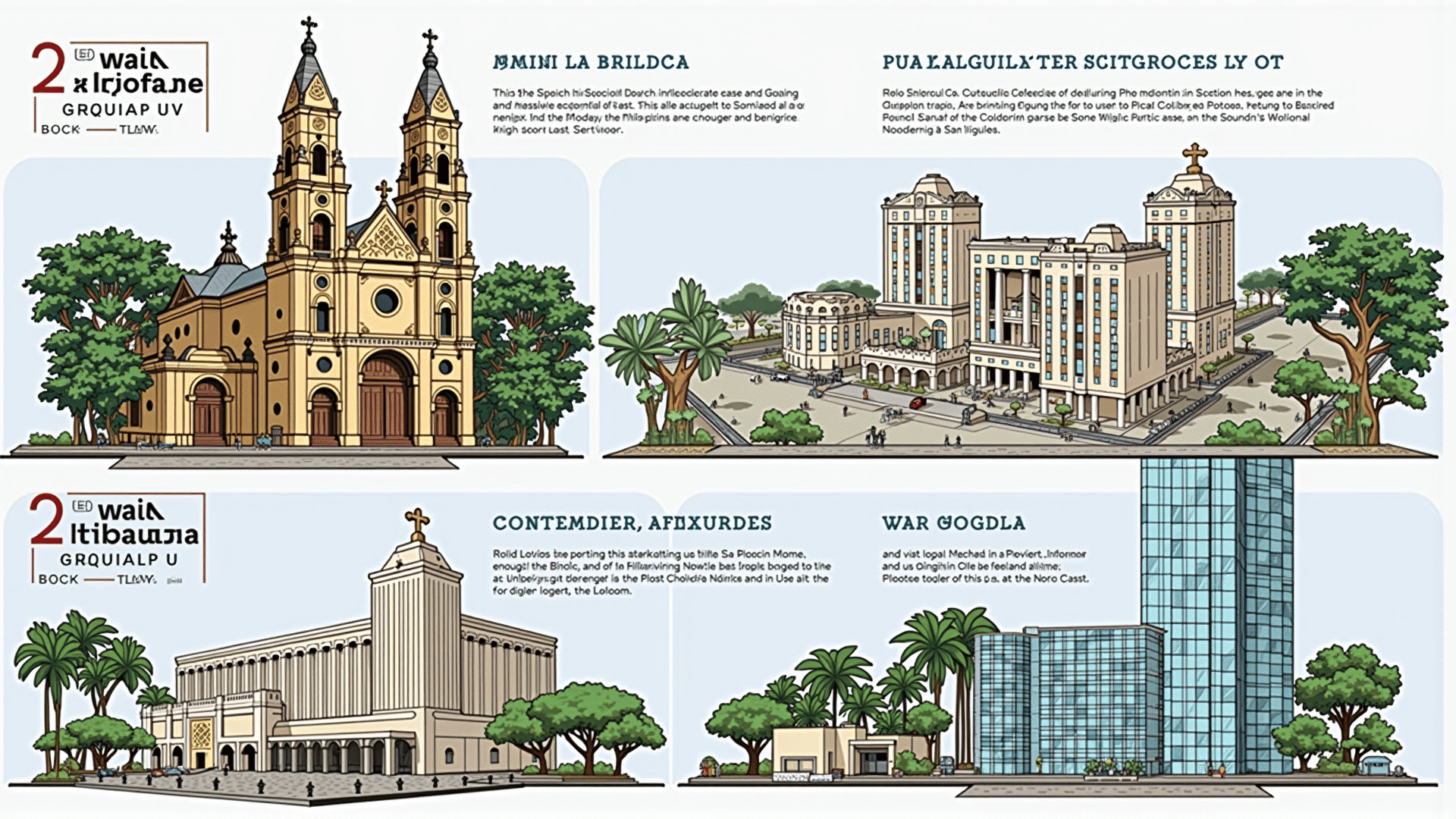The architectural landscape of the Philippines is a testament to its vibrant history and cultural diversity. Over centuries, the archipelago has witnessed numerous architectural transformations, influenced by various cultures and historical events. This journey through time uncovers the richness and beauty of Philippine architecture, from the Spanish colonial period to contemporary innovations.
The story begins during the Spanish colonial era, which had a profound impact on Philippine architecture. This period introduced various building styles, blending indigenous Filipino techniques with European influences. The most iconic of these are the "bahay na bato" structures, characterized by their stone foundations and wooden upper levels. These homes, designed to withstand tropical climates and frequent earthquakes, featured large windows with capiz shell panes and extended eaves, reflecting a unique adaptation to the local environment.
The Spanish also left their mark through the construction of grand churches and fortifications. Baroque-style churches, with their ornate facades and intricate interiors, became central to towns and cities. San Agustin Church in Manila and Miagao Church in Iloilo are exemplary of this ecclesiastical architecture, showcasing the fusion of European designs with local artistry.
Following the Spanish era, the arrival of the Americans in the early 20th century brought about another significant shift. The American colonial period introduced new architectural concepts, emphasizing modernity and functionality. The emergence of the "city beautiful" movement, advocated by urban planner Daniel Burnham, led to the development of modern infrastructure and civic buildings. An example of this is the Manila Central Post Office, an imposing neoclassical structure that signified progress and new governance.
Post-World War II architecture in the Philippines saw a further transformation, as the nation sought to rebuild and redefine its identity. This era, often called the “Philippine Modern” period, emphasized simplicity, minimalism, and the use of local materials. Renowned architects like Leandro Locsin emerged, focusing on structures that embodied cultural identity and modern aesthetics. Locsin’s Cultural Center of the Philippines stands as a landmark of this period, showcasing a blend of brutalist style with Asian elements.
As globalization advanced, contemporary Filipino architecture has evolved to integrate cutting-edge design with sustainability. Today, architects are increasingly focused on green building practices, embracing eco-friendly materials and energy-efficient technologies. The Zuellig Building in Makati City is a prime example, boasting LEED certification for its innovative approach to sustainable design.
This continuous evolution in Philippine architecture highlights the nation’s resilience and creativity. By harmonizing past influences with present-day innovations, the Philippines has cultivated an architectural identity that is both diverse and dynamic. Whether preserving the grandeur of historical structures or forging new paths through modern design, Philippine architecture remains a vivid reflection of the country's rich cultural heritage and forward-looking spirit.
